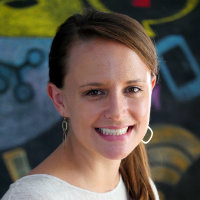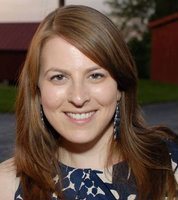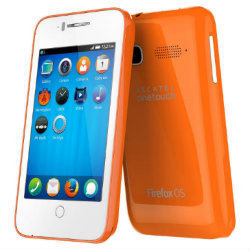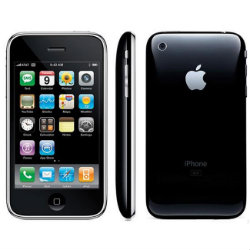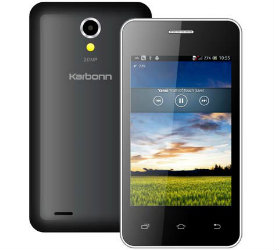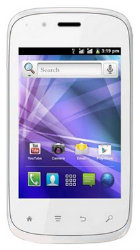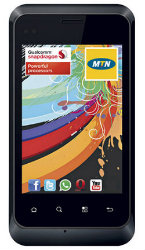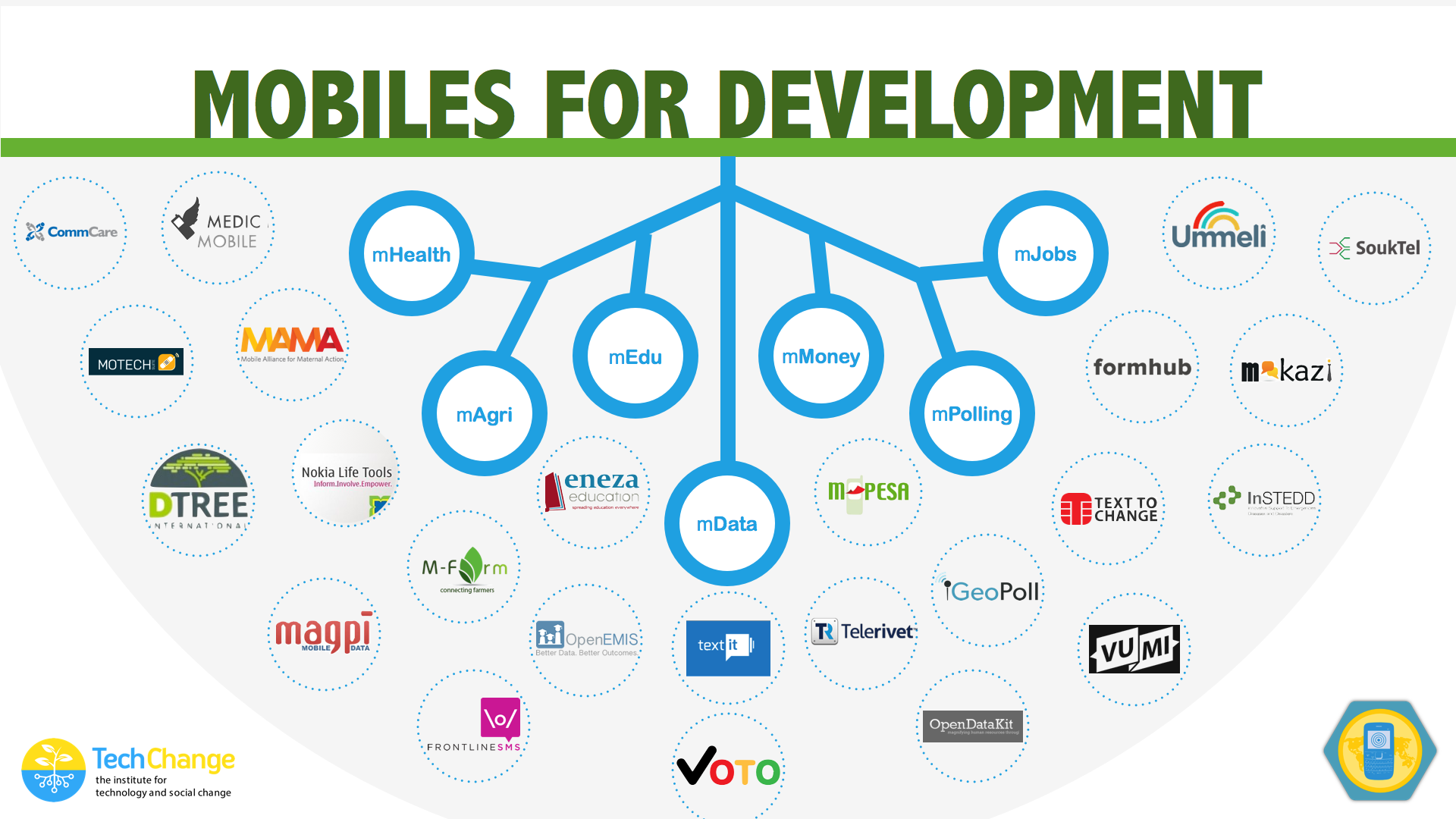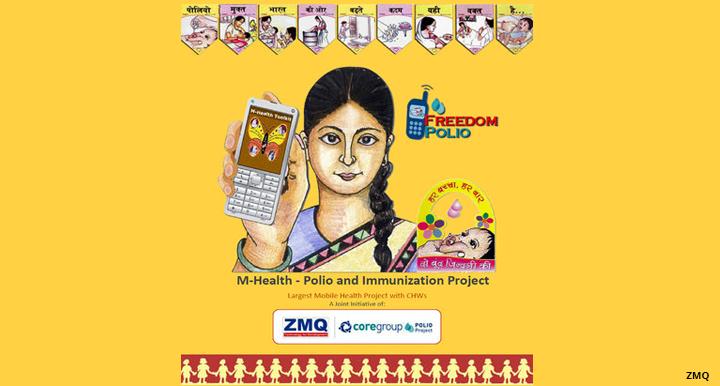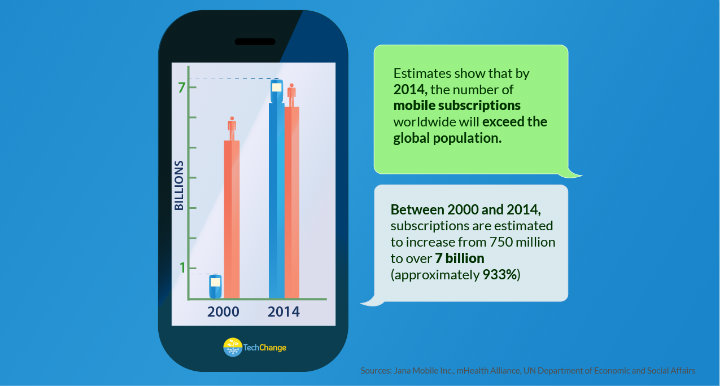It’s been two years since Chrissy Martin wrote a post on her thoughts on mobile money for development for TechChange’s Mobiles for International Development online course. As Chrissy has focused on mobile money issues since then, so much of it still rings true including the challenges of preventing fraud and best practices for working with telecoms.
In a recent Forbes article, we learned that more than two thirds of Kenyan adults use M-Pesa (a mobile digital currency), accounting for more than 25% of Kenya’s GNP. The ubiquitous use of mobile phones and the growing market for increasingly affordable smartphones will only make mobile money more popular in the developing world. According to ITWeb Africa, mobile money users now outnumber adults with bank accounts in Zimbabwe, Kenya, Uganda, and Tanzania.
While M-Pesa is the most well-known mobile-based financial transfer service, there are more players in the field such as Zoona, an African social enterprise that provides mobile payments and working capital financing to micro & small enterprises. Chrissy works as the Global Partnership Manager at Zoona and we can’t wait to hear more about the cool things that Zoona is doing in Africa.
Get a sneak peek of what to expect from Chrissy’s session on mobile money and Zoona with this video here:
Interested in mobile money and other ways mobile phones are improving lives? Join our upcoming online course on Mobiles for International Development.
About TC105 Guest Speaker, Chrissy Martin
Chrissy Martin is a product manager with several years of experience implementing digital financial solutions in emerging markets. With operational knowledge across multiple sectors, she effectively bridges the gap between the private sector and the development industry. Presently, she serves as the Global Partnership Manager for Zoona, an African social enterprise passionately committed to helping small businesses grow. Before Zoona, she was at the development organization MEDA, expanding rural access to financial services in countries including Zambia, Uganda, and Nicaragua. Previously, Chrissy was based in Haiti, working as the Product Manager for Mobile Financial Services at Digicel. Chrissy holds degrees from The Fletcher School and the University of Virginia.
Featured image photo credit: Zoona Facebook page

